We figure out which iron sole is better - the pros and cons, a brief comparison, care tips
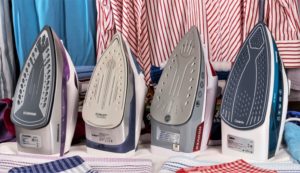 The soleplate of the iron is an important part of the device. The sole develops friction damage, it is damaged and becomes unusable.
The soleplate of the iron is an important part of the device. The sole develops friction damage, it is damaged and becomes unusable.
Over time, even the most durable iron sole wears out, which leads to the formation of creases, scratches, stains and other mechanical damage.
There are several types of iron soles:
- aluminum sole;
- stainless steel sole;
- ceramic sole;
- titanium coating;
- composite outsole.
Content
Aluminum outsole
An aluminum sole is the basis for an iron made of aluminum, aluminum with the addition of copper, chromium. Aluminum outsole is durable and strong but requires special care, as it has high coefficient properties of electrical conductivity in an oxidizing environment.
Coating features:
- ease of ironing;
- high temperature resistance;
- plastic;
- low thermal conductivity;
- resistance to corrosion;
- not susceptible to deformation;
- ease of manufacture.
But in fact, aluminum is a poor conductor of heat, and it is also poorly processed. Therefore, an iron with this soleplate is suitable for ironing light fabrics (such as silk).
Pros:
- ease of care;
- light weight;
- strength;
- low cost;
- long service life;
- durability and high wear resistance;
- high temperature resistance;
- insensitivity to high temperatures;
- plastic;
- low coefficient of electrical conductivity;
- resistance to high temperatures;
- ease of care.
Like any other iron soleplate, the aluminum soleplate needs special care.
Minuses:
- instability to deformations - aluminum sole is easily deformed, which is noticeable during the operation of the iron when ironing a dense fabric;
- high coefficient of thermal conductivity - this leads to a rapid cooling of the iron after ironing and does not allow even heating of the fabric;
- non-impact resistance - the iron may break if dropped;
- fragility - even with careful handling of the iron, the aluminum surface is erased over time and loses its appearance.
 Stainless steel
Stainless steel
The soleplate of the stainless steel iron is highly wear-resistant and ensures even temperature distribution over the entire work surface. During ironing, it does not heat up, so there is no chance of getting burned when touching the sole of the iron.
The presence of a pointer and a temperature limiter allows you to adjust the temperature depending on the type of fabric.
Features of stainless steel iron soleplate:
- smooth surface that prevents the formation of lime deposits and unpleasant odors;
- the non-stick coating makes the iron glide easily over the fabric;
- protection against scale prolongs its service life;
- temperature gauge allows you to control the temperature of the soleplate of the iron;
- The steam boost function makes it possible to effectively smooth out stubborn creases and creases on clothes.
Pros:
- reliable protection against scale formation;
- no need for periodic cleaning;
- ease of care.
Minuses:
- In case of overheating of the iron (due to improper operation), it may turn off.
- It is not recommended to use this appliance for ironing thick fabrics (except silk) and fluffy fabrics.
- do not use the device on fabrics that can be deformed at high temperatures, such as cotton, linen, wool, silk.
 Ceramics
Ceramics
The ceramic soleplate of the iron is lightweight, durable and aesthetically pleasing.
The ceramic coating has an increased non-stick index, which allows you to iron without using a lot of water.
The smooth surface does not leave creases and folds on clothes.
Features of the ceramic soleplate of the iron:
- the smooth surface provides easy sliding without sticking of fabric;
- ensures maximum steam hygiene (water does not remain on the fabric in the form of drops)
- easy to clean from scale thanks to a unique self-cleaning system;
- you can iron delicate materials (wool, silk, thin linen);
- the sole is resistant to scratches, even with intensive use of the iron.
Advantages of the ceramic soleplate of the iron:
- The ceramic sole is lightweight
- wear resistance,
- aesthetic appearance,
- environmental friendliness,
- has a low noise level
- allows you to easily smooth out wrinkles that are very difficult to smooth out with other techniques;
- does not require additional time for heating, because, unlike aluminum, the ceramic surface heats up quickly, and after cooling it does not leave white spots on the fabric.
Minuses:
- The disadvantages of the ceramic sole include its fragility, so it is recommended to use this technique in a gentle mode;
- if cracks appear on the sole during ironing, the technique will deteriorate and will have to be thrown away.
 Teflon sole
Teflon sole
The Teflon sole of the iron is characterized by good wear resistance and resistance to high temperatures. However, like all metals, Teflon tends to oxidize when interacting with certain chemicals.
Therefore, before using the iron, apply a layer of GOI paste (Polishing wax) on the soleplate of the iron, or If no polishing paste is available, wipe the soleplate with a dry cloth.
Features of Teflon Sole Iron:
- Scratch resistance. Teflon is not afraid of scratches and abrasions, which are inevitable when ironing clothes, including those made of thin fabrics.
- Safety. With the correct use of Teflon soleplates, the iron does not leave stains or marks on the fabric.
- Ease of maintenance. Dirt is removed from the Teflon surface of the iron with a damp sponge.
- Ease of sliding.
Advantages of the Teflon coating of the iron:
- The Teflon surface has a high thermal conductivity, thanks to which even not very dense fabrics are well smoothed out.
- The sole does not stick to the fabric and does not deform from temperature.
- The Teflon coating is resistant to wear and does not stick to the iron, so ironing with it is easy and efficient.
Cons of the Teflon coating of the iron:
- The holes through which water enters remain between the layers of Teflon and are gradually erased.
- Over time, the Teflon layer decreases, and the sole begins to glide worse over the fabric.
 titanium plating
titanium plating
Titanium plated soleplate is durable and comfortable to use, making it easy to iron all types of fabrics
The titanium soleplate prevents fabric from sticking, allowing the iron to glide over the surface with any degree of hardness.
Thanks to the unique coating, the soleplates of the iron, You can iron even the most delicate fabrics with ease: silk, chiffon, etc.
An iron with such a sole does not leave marks and creases on the fabric.
The titanium coating is resistant to mechanical damage and abrasion, and the soleplate of the iron with this coating heats up longer than usual, but at the same time provides a stronger steam supply.
Features of the titanium coating of the soleplate of the iron:
- Titanium glide
- Scratch resistance
- Easy ironing
- Protection against scale and burning
- High iron heating temperature
Advantages of the titanium soleplate of the iron:
- Leaves no marks on clothes;
- Does not rust;
- Does not deform;
- Long service life;
- High strength outsole;
- Scratch resistant;
- Doesn't stick.
Minuses:
- Titanium coating heats up faster than normal.
 Composite iron soleplate
Composite iron soleplate
Differs in durability and resistance to influence of high temperatures.
Due to the absence of paraffin in the composition, the sole does not stick to the fabric.
With this iron you will be able to smooth out even the most naughty folds and creases, as well as perfectly process the item made of delicate fabrics and wool.
Features of the composite soleplate of the iron:
- durable;
- scratch resistant;
- resistant to high temperatures (up to 500 ode: c);
- irons even the most delicate fabric;
- fast heating and high performance;
- perfect glide on fabric;
- composite sole for ironing clothes made of delicate materials and wool;
- Does not require additional care;
- resistant to dirt and scratches;
- Iron self-cleaning function;
Advantages of the composite sole of the iron:
- The resistance of the composite to various temperature conditions.
- Due to the absence of paraffin particles in the composition, the composite sole can be easily cleaned of any dirt and scale, which is very important for high-quality ironing.
- High thermal conductivity allows you to quickly and effectively smooth out any fabric.
- Composite soles do not require special products or cleaning solutions.
Cons of the composite sole of the iron:
- The high cost of the iron.
 Brief surface comparison
Brief surface comparison
- Aluminum soleplates are highly thermally conductive and are well suited for steam ironing. Unlike stainless steel soles, they do not heat up to temperatures above 150 degrees.
- Irons with ceramic soleplates glide better on fabrics. When heated, they do not emit harmful substances, because. do not contain metals.
- Titanium and Teflon coating compared to the composite coating of the soleplate allows you to iron faster and better.
- When ironing with a composite soleplate, they need to move faster, which is an additional burden on your body and can lead to burns.
- Aluminum, ceramic and titanium coatings, as well as composite coatings wear out over time, so it is necessary to monitor the condition of the iron. If a mark appears on the surface of the soleplate of the iron, then it must be replaced.
- It is best to buy irons with a service life of at least 3 years. This will ensure you long and high-quality operation of your iron. For irons without a steam function, it is most important to choose a ceramic-coated or titanium-coated model.
- Ceramic coating has the best performance in this segment and will last longer than titanium coating.When choosing irons, first of all, pay attention to the shape of the sole. This affects the quality of ironing and the speed of the process.
- Irons with a flat sole are more convenient to use, as they allow you to iron a large amount of clothes quickly and efficiently.
- But, on the other hand, if your goal is to iron a large number of clothes, then it is better to buy an iron with a classic soleplate. Atirons of such models have a wide range of capacities and a very low price.
 Care and cleaning of the soleplate
Care and cleaning of the soleplate
Iron sole care instructions:
- If the iron has a metal sole, then after each ironing it must be cleaned of stains and burns formed on it during ironing. To do this, it can be cleaned with a brush with metal bristles or a special brush.
- The soleplate of the iron must be cleaned carefully, as cleaning may damage it. Do not clean the heating and working surface of the iron with hard materials.
- When cleaning, use soft, damp cloths.
- In no case should you rub, tear or press hard on the sole.
- After cleaning, the iron must be allowed to cool down, then rinsed under running water and wiped dry.
- It is not recommended to use abrasive materials and solvents to clean the iron, as well as to clean it with sandpaper.
- Never leave the iron unattended during operation.
Iron maintenance is not a substitute for repair. In case of damage, deformation, rust or other defects on the iron, immediately turn off the iron and contact the service center.
The iron must be constantly wiped thoroughly with a dry cloth to avoid stains and scratches. Calcium salt deposits that form at high temperatures can damage the sole. Regularly clean the soleplate of the iron from scale and plaque.
The soleplates of the iron must always be dry. Scale deposits inside the iron can adversely affect the operation of the steam outlet. This may damage the iron.
Use a special water softener to prevent scale build-up. If the appliance is not used for a long time, unplug it from the mains and remove water and other liquids from it.
Useful video
The video will tell you which iron sole is better:



 Stainless steel
Stainless steel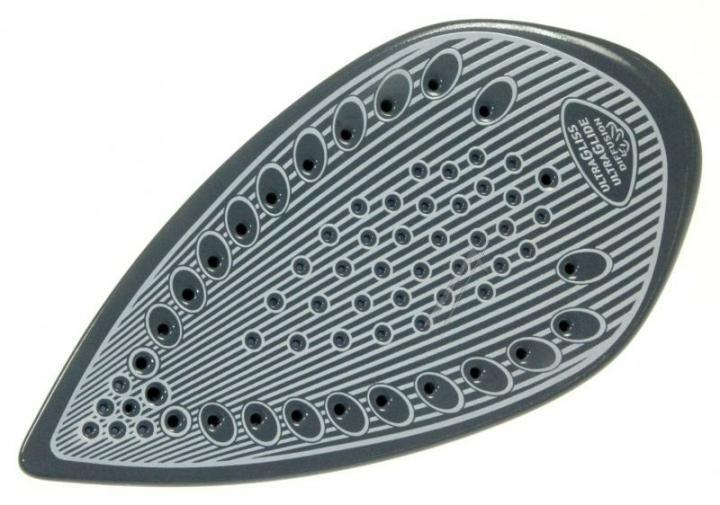 Ceramics
Ceramics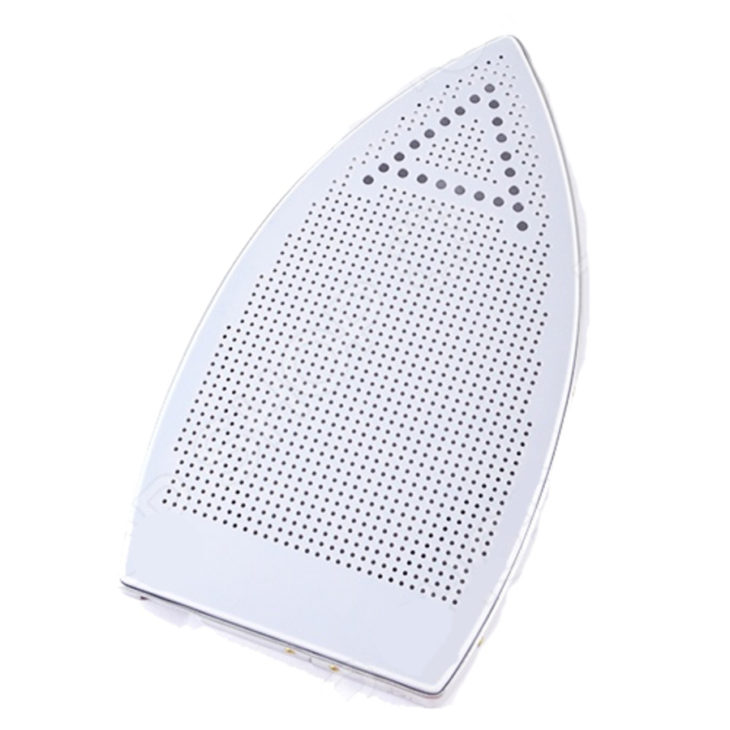 Teflon sole
Teflon sole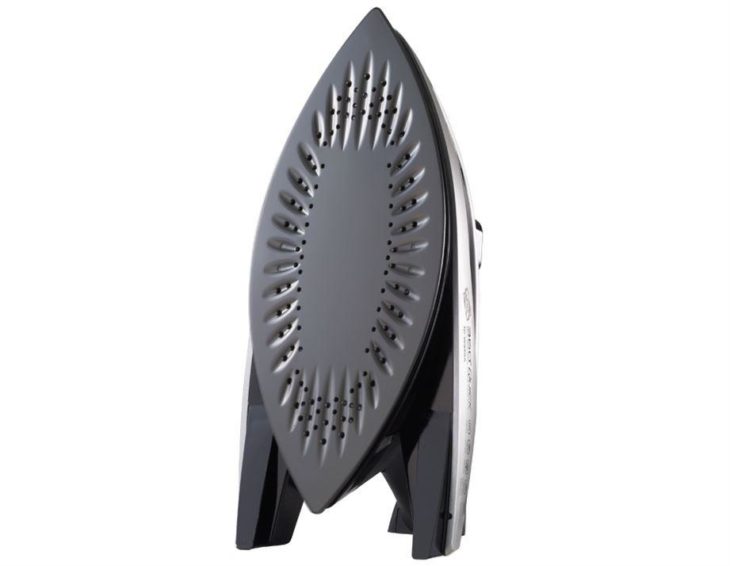 titanium plating
titanium plating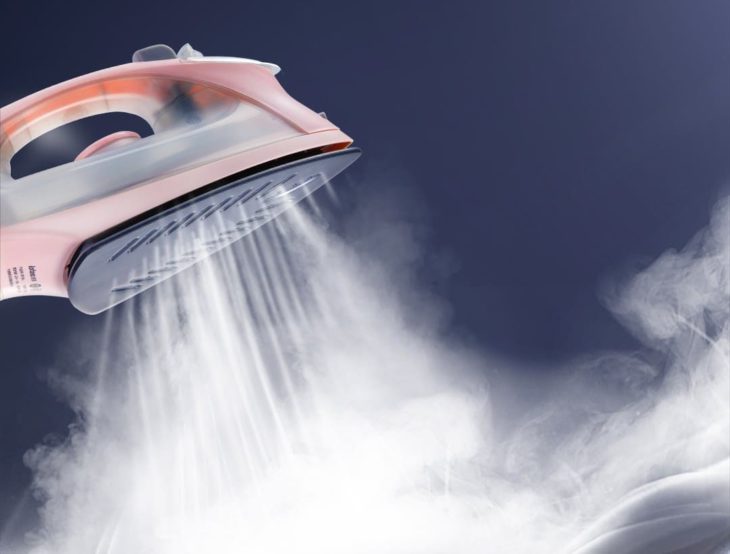 Composite iron soleplate
Composite iron soleplate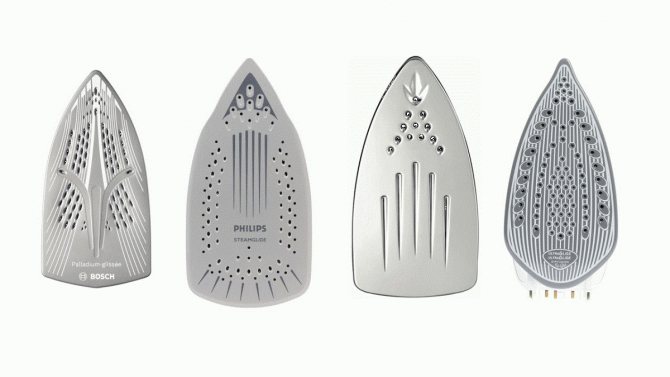 Brief surface comparison
Brief surface comparison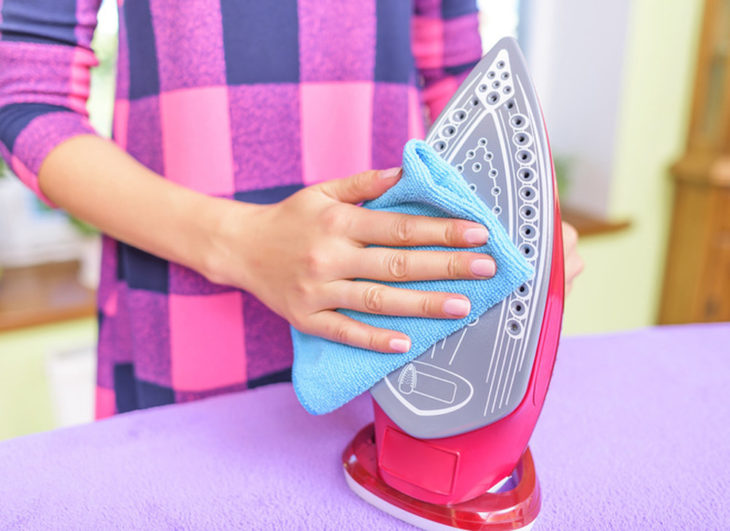 Care and cleaning of the soleplate
Care and cleaning of the soleplate